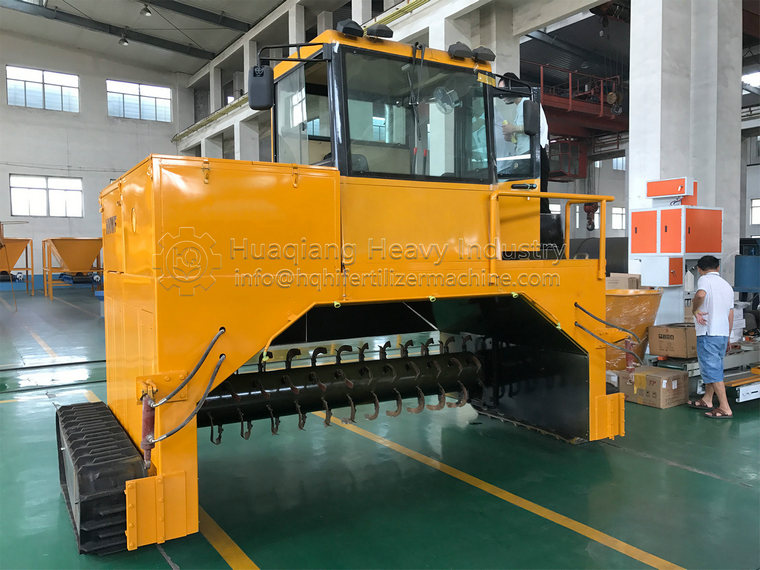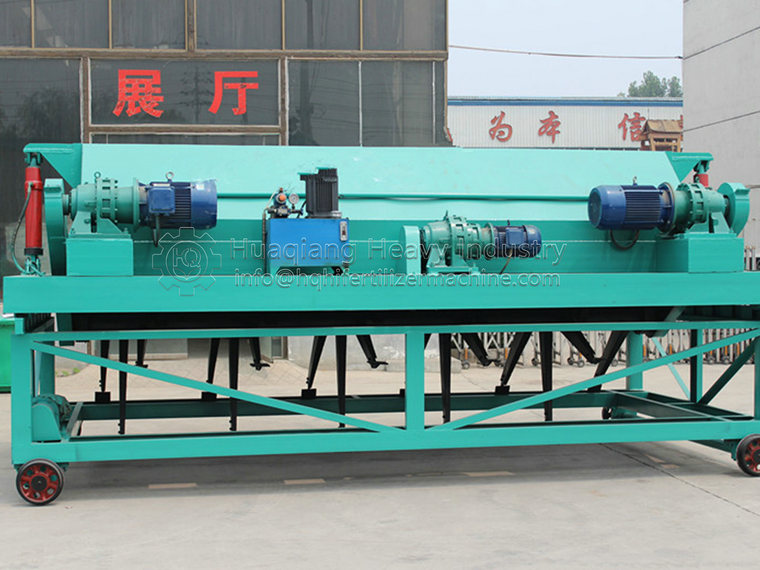What is the working principle of the roller extrusion granulator
The working principle of the roller extrusion granulator is based on physical extrusion and bonding mechanisms. Its core components are a pair of rotating rollers, usually composed of two cylindrical rollers with equal diameters, which are installed parallel to the machine frame and can rotate independently. These rollers are usually made of wear-resistant materials, such as high-strength steel, to withstand continuous material processing.
When the roller extrusion granulator is working, the raw materials are evenly fed between the two rollers through the feeding system. As the roller rotates, the raw material is subjected to pressure from two directions. This pressure first flattens the raw material, and then as the roller rotates further, the raw material is pushed towards the edge of the roller, where it begins to bond into a ball due to the action of pressure and friction.
In order to form uniform particles, there is usually a certain gap between the rollers, which determines the final particle size. When the raw material mass reaches a sufficient size and density, it will detach from between the two rollers to form the desired particles.
The roller extrusion granulator can adjust the speed and clearance of the rollers to adapt to raw materials with different hardness and humidity, as well as produce particles of different specifications. In addition, in order to improve the granulation effect, the roller surface may have special textures or coatings to increase the grip on the raw materials and promote particle formation.
Throughout the process, the roller extrusion granulator can effectively convert raw materials into particles with a certain shape and size, while maintaining high production efficiency and product quality. Due to its simple working principle and easy to control operating characteristics, this equipment has been widely used in organic fertilizer production lines.






.jpg)

